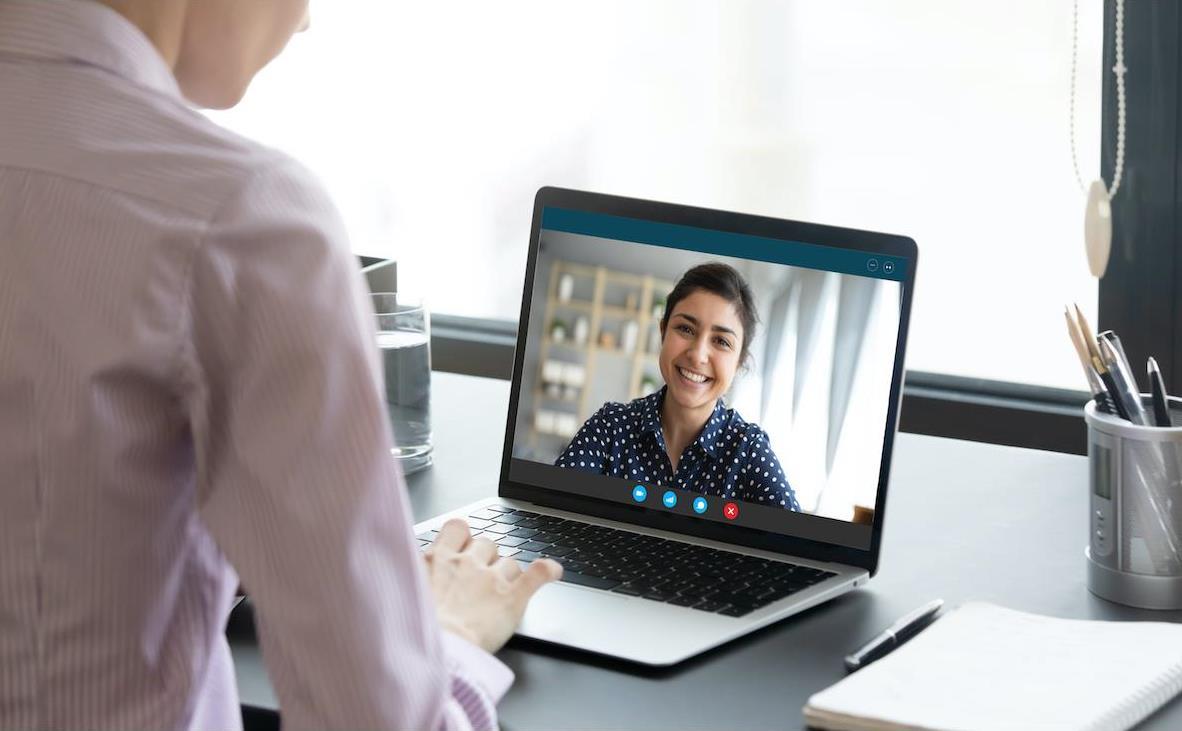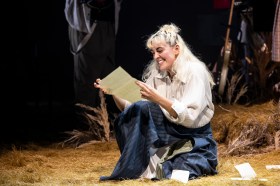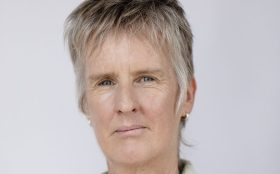While the adage ‘fake it until you make it’ has been around for eons, it has taken on new significance in the past year as many of us have been forced to work from home.
While that might be as simple as dropping in ‘fake’ domestic settings for your Zoom meetings (to hide your personal domestic chaos), or wearing trackie-daks and ugg boots but keeping them out of screen view, that illusion of professionalism also crosses over to the virtual job interview.
Any job interview can be daunting. The golden rule is not to let it show. Even the best of us, who read well on paper and are a perfect fit for the job, suffer from interview anxiety.
Melissa DeLaney, CEO of the Australian Network for Art and Technology (ANAT) sees no disadvantage to the virtual interview. Indeed, in her experience – having employed a number of people via virtual interviews – DeLaney said they widen the pool.
‘Applicants are more curious about looking at opportunities that in the past may have seemed out of reach due to geographical location and distance,’ she told ArtsHub.
‘Organisations are shifting the ways in which we work, and where and when we work, with more people working from home, in co-working spaces and or a mixture of home and offices. People can be located anywhere if the organisation supports this, and with strong communication, this is an effective way of working,’ DeLaney said.
When being interviewed remotely, the trick is to look like you have it together, regardless of where you’re located. It’s a confidence show.
IS FAKING IT WRONG?
The advantage of sitting at your desk – rather than theirs – is that you can have handy off-screen notes in front of you.
But keep them short so you don’t have your head in them all the time. Love the Post It! Jot down a couple of “emergency” talking points to steer you out of those brain freeze moments. Stick it up close to your webcam, so you can see it but the interviewer can’t.
You may not even need such notes – they are more a confidence tool than a cheat sheet.
And remember to maintain eye contact with the interviewer: you want to have a natural conversation without appearing like you’re reading from a script.
Read: The essential interview question to ask
We asked DeLaney if she felt using notes in this way diminishes the capacity to gauge a candidate’s potential delivery in the role?
‘Notes are fine, [but] it’s courtesy to let the panel know that you may take notes as prompts or refer to notes during the process,’ she said.
The given is that you have the skills they are looking for – otherwise you would not have made it to the interview stage. So relax, and let all the experience inside you find an easy out. The upside is that we are more relaxed in our own spaces.
‘The virtual interview is one step in the process,’ added DeLaney. ‘It’s wise to incorporate other communication styles.’
TIPS ON ACING THE VIRTUAL INTERVIEW
DeLaney offered the following tip before to get your ready for the virtual interview space:
- Make sure you have the updated software loaded on your computer in advance, to avoid any tech hitches on the day. Do a test run of the set up – you can do this with a friend or check yourself via the Zoom / Skype / Google / Teams settings.
- Check camera height (the built-in webcam should be at eye level – avoid unflattering angles). You should be sitting fairly straight at arms’ length from the screen and centred.
- Lighting is key. Avoid backlighting from natural light coming in from a window behind – the panel will want to see you. A simple solution is to set up a warm globed desk lamp over the camera; you can also buy halo ring lights pretty cheaply on the internet.
- What is in your background? Is it professional? What’s behind you tells a story to the people interviewing you. Clear away mess, clutter etc. If you chose to have a Zoom background make it a professional one.
- Do a sound check. Have a space that limits background noise and interruptions. It’s fine to wear headphones or a mic headset, but if your computer has decent sound, go without.
- Dress appropriately to the situation / organisation / people you are meeting with. Dress as though you are having a face-to-face interview, including shoes. You’ll feel more centred and confident.
- Choose colours that translate well on the screen; avoid loud patterns and glittery things which will distract the panel’s focus.
- Swiitch your phone to silent and close down other tabs on your desktop (this will avoid any alert sounds or interruptions during the interview)
- If you live in a share environment, tell your housemates the time of your interview and advise if a space will be ‘off-limits’. And put the cat outside for half an hour!
- Understand that technical issues happen. Have a back-up plan (your phone for example, ready to call / hotspot a connection if necessary).
- Give good eye contact and smile. A job interview often comes down to a personality match; about seeing how you think, how you respond and interact, so be yourself.
And more generally, the same rules apply for any interview – do your research first.
Study the job description; trawl the organisation’s website and know what they have done, who they are and what their vision is. Know the deliverables asked for the position. And think how your experience addresses their needs.
Finally, practice good interview etiquette and follow up – send a short email to thank the interviewee and let them know you’re available if they have any additional questions.





